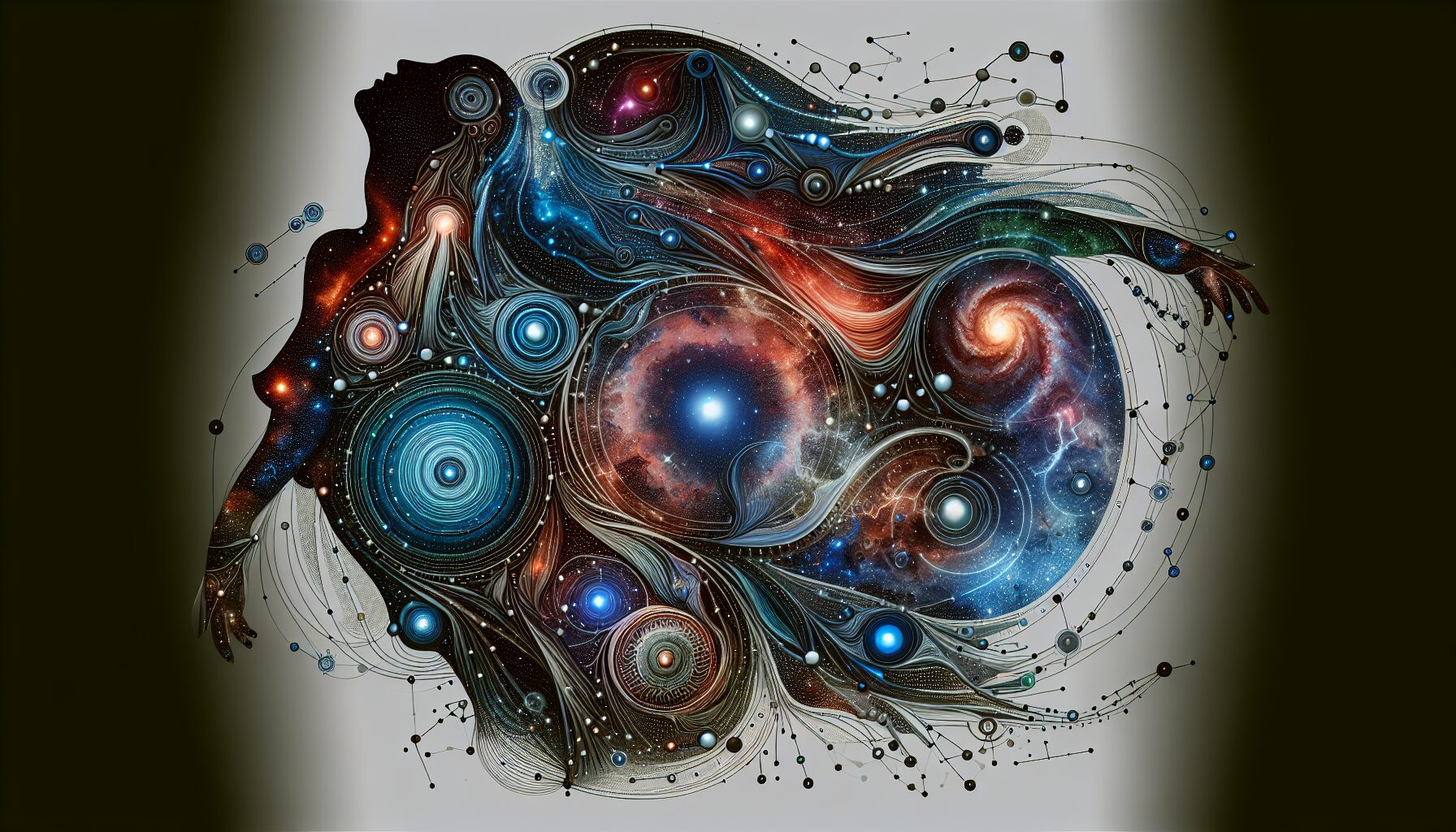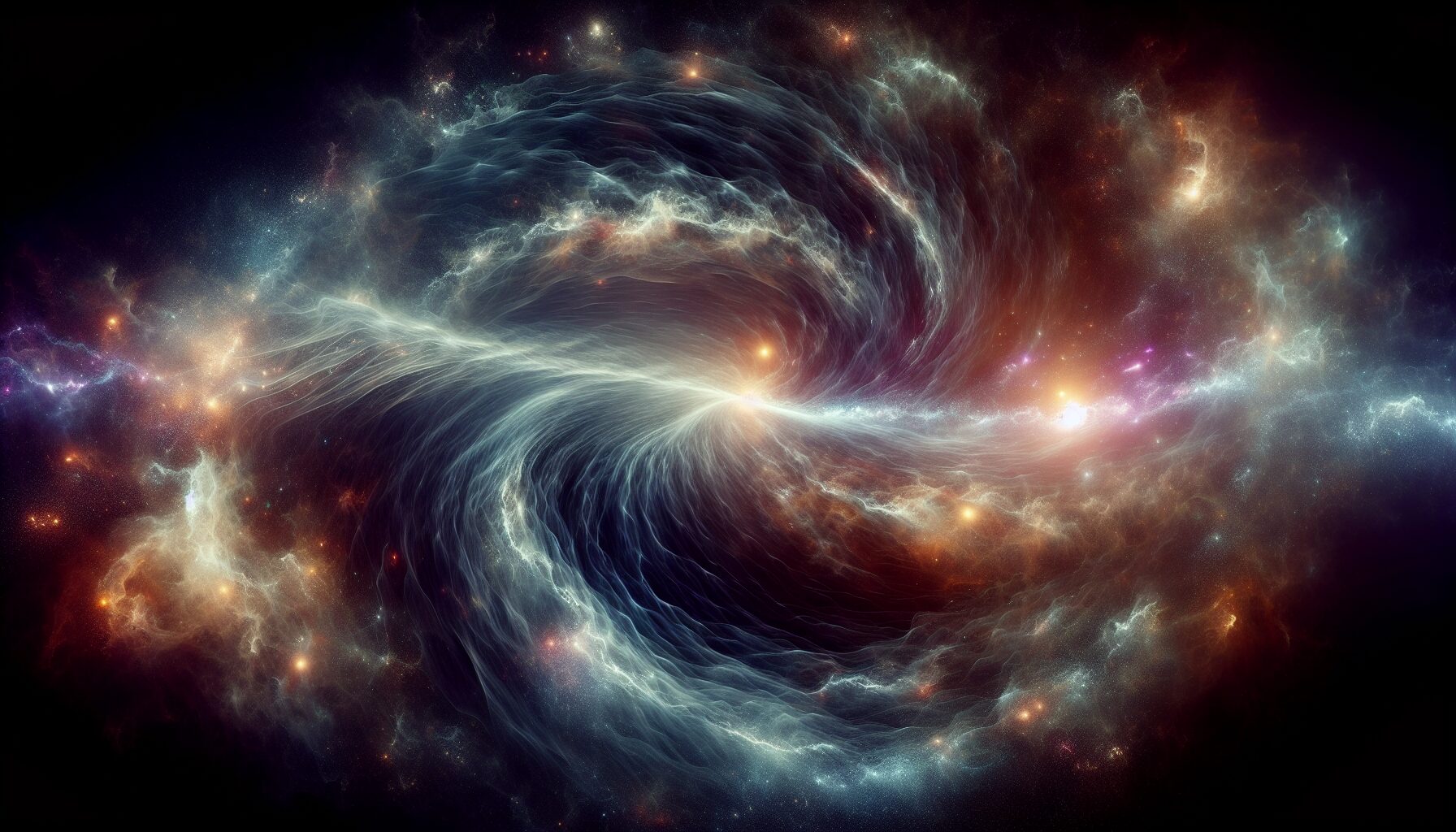Cosmic Anatomy: Mapping the Universe’s Hidden Shapes
The vast expanse of the universe has long captivated scientists and philosophers alike. Today, with the remarkable advancements in technology and data analysis, astronomers are delving deeper than ever into the “cosmic anatomy”—the study of the universe’s hidden shapes and patterns that define its large-scale structure.
Unveiling the Cosmic Web
The universe, though seemingly random when observed from Earth, is structured into a complex “cosmic web” consisting of dark matter, galaxies, and intergalactic gas. This intricate web forms the scaffolding of the cosmos, dictated by gravity and the laws of physics.
“The cosmic web is a direct manifestation of the evolution of structure in the universe,” says Tom Abel, a renowned cosmologist at Stanford University. “It is a beautiful tapestry that shows how matter and energy interact on the largest scales.”
The Role of Dark Matter
A critical component of this cosmic architecture is dark matter, an elusive substance that doesn’t emit light or energy. Although it remains invisible, dark matter exerts a gravitational force that is crucial in holding galaxies together and forming the cosmic web.
- Dark matter constitutes about 27% of the universe’s total mass and energy content.
- It plays a pivotal role in the formation and clusters of galaxies.
Recent observations leveraging gravitational lensing and cosmic microwave background radiation provide astronomers with insightful data to map these elusive structures.
Mapping Hidden Shapes
Advanced telescopes and satellites such as the Wilkinson Microwave Anisotropy Probe (WMAP) and the Planck Observatory have painted a more detailed picture of the universe. These tools capture data that help scientists “see” beyond the visible spectrum, tracing the universe’s hidden geometries.
One groundbreaking project is the Dark Energy Spectroscopic Instrument (DESI), an international endeavor aimed at mapping the large-scale structure of the universe. By measuring the effect of dark energy—a mysterious force causing the universe to expand at an accelerating rate—DESI will chart the distances of over 35 million galaxies and quasars.
The Future of Cosmic Cartography
“As we expand our mapping of the universe, we gain unprecedented insights into its origins and fate,” explains Dr. Daniel Eisenstein, a key scientist involved with DESI. “Each discovery reveals the richness and complexity of cosmic history.”
Understanding the cosmic anatomy continues to be a driving force in astrophysics, pushing the boundaries of knowledge and technology. With every new discovery, we unravel more of the universe’s intricacies, bringing us closer to a unified picture of its grande narrative.

